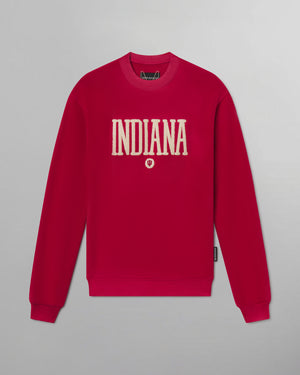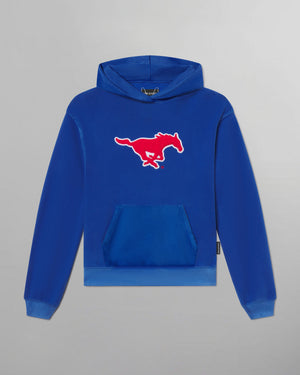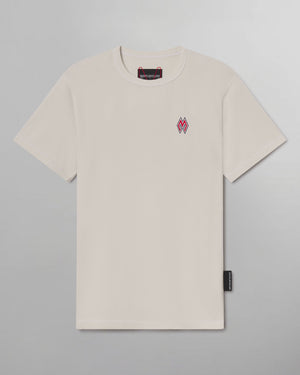College campuses have long been breeding grounds for fashion experimentation and evolution. As societal norms and cultural values have shifted, so too have the trends that define each generation of college students. From the preppy looks of the 1950s to the diverse, inclusive styles of the 2020s, college fashion reflects broader societal changes, technological advancements, and the ever-evolving identity of youth culture. This article explores the fascinating journey of college fashion over the decades, highlighting how these changes have mirrored the zeitgeist of each era.
The 1950s: The Era of Conformity and Preppy Style

Source: Southern Campus Vol. 1952 by the Associated Students of University of California, Los Angeles
In the 1950s, college fashion was characterized by a sense of conformity and polished elegance. Men often donned letterman jackets, slacks, and loafers, embodying an athletic, preppy look that has since become iconic. Women adhered to a more conservative style, with knee-length skirts, cardigans, and pearls as staples. This era's fashion was about fitting in, reflecting post-war values of unity and traditional gender roles.
The 1960s: Rebellion and the Birth of the Hippie Movement

Sources: Historic Geneva, VTG Vernacular Fashion Press, Marjorie Magazine, Vintage Dancer, Chicago Sun-Times, Outfittrends.com (Pinterest)
The 1960s marked a stark departure from the previous decade, with the civil rights movement, the Vietnam War protests, and the rise of the counterculture all influencing college fashion. Anti-fashion statements such as bell-bottom jeans and above the knee skirts are symbols of rebellion and a rejection of the conservative values of the past. This era introduced a more relaxed, eclectic style on campuses, highlighting the growing desire for social change and individual expression.
The 1970s: Disco Influence and the Continued Rise of Casual Wear

Source: The Howler [1977], Wake Forest University
As the hippie movement waned, the 1970s ushered in the era of disco, which influenced college fashion with its vibrant colors, satin shirts, and flared pants. However, the decade also saw the continued rise of casual wear, with T-shirts, jeans, and sneakers becoming increasingly popular among students. This shift towards comfort and practicality reflected the growing informality of college life and the increasing integration of women in higher education.
The 1980s: Bold Colors, Athletic Wear, and the Preppy Resurgence

Source: The Reveille [1980-1989], Mississippi State University
The 1980s were a time of economic prosperity and technological advancement, leading to bold fashion choices on college campuses. Bright colors, shoulder pads, and the introduction of modernizing graphic tees dominated, while the fitness craze brought athletic wear, like leggings and sweatbands, into everyday fashion. The preppy look also made a comeback, updated with polo shirts, khakis, and loafers, signifying a blend of traditional styles with the decade's flamboyant trends.
The 1990s: Grunge, Minimalism, and the Dawn of Streetwear

Source: El Rodeo [1992, 1993, 1997, 1999] by the University of Southern California
College fashion in the 1990s was influenced by the grunge music scene, with flannel shirts, ripped jeans, and combat boots becoming emblematic of the decade. At the same time, minimalism emerged as a counterpoint, with simple, monochromatic outfits reflecting a more subdued aesthetic. The rise of hip-hop also introduced streetwear to college campuses, incorporating oversized jerseys, baggy pants, and sneakers into mainstream fashion.
The 2000s to 2020s: Fast Fashion, Athleisure, and a Push for Sustainability

Sources: Digital Grinnell, Agustana University, The Reveille [2000s] by Mississippi State University, The Terrapin [2011] by the University of Maryland, College-Park, Bluestone [2013] by James Madison University
The new millennium brought with it the rise of fast fashion, making trendy clothing more accessible and affordable to college students. However, this period also saw the emergence of athleisure as a significant trend, combining athletic wear with everyday fashion for a comfortable yet stylish look. More recently, there's been a growing awareness of the environmental and ethical implications of fast fashion, leading to a push for sustainable, ethical clothing choices among students. The 2020s have also emphasized inclusivity and diversity in fashion, reflecting a broader societal shift towards acceptance and representation.
Conclusion
The evolution of college fashion trends over the decades provides a window into the changing values, challenges, and aspirations of each generation. From the preppy elegance of the 1950s to the diverse and sustainable styles of today, college campuses have always been at the forefront of fashion innovation and social change. As we look to the future, it's clear that college fashion will continue to evolve, reflecting the dynamic interplay between culture, technology, and identity.




